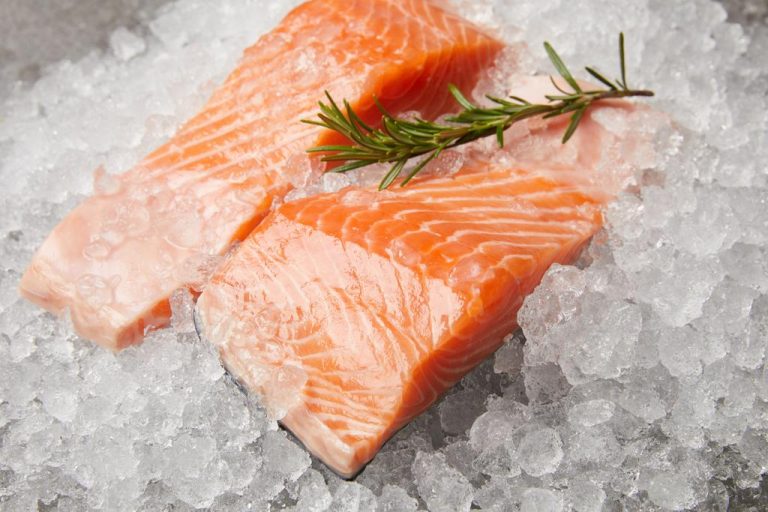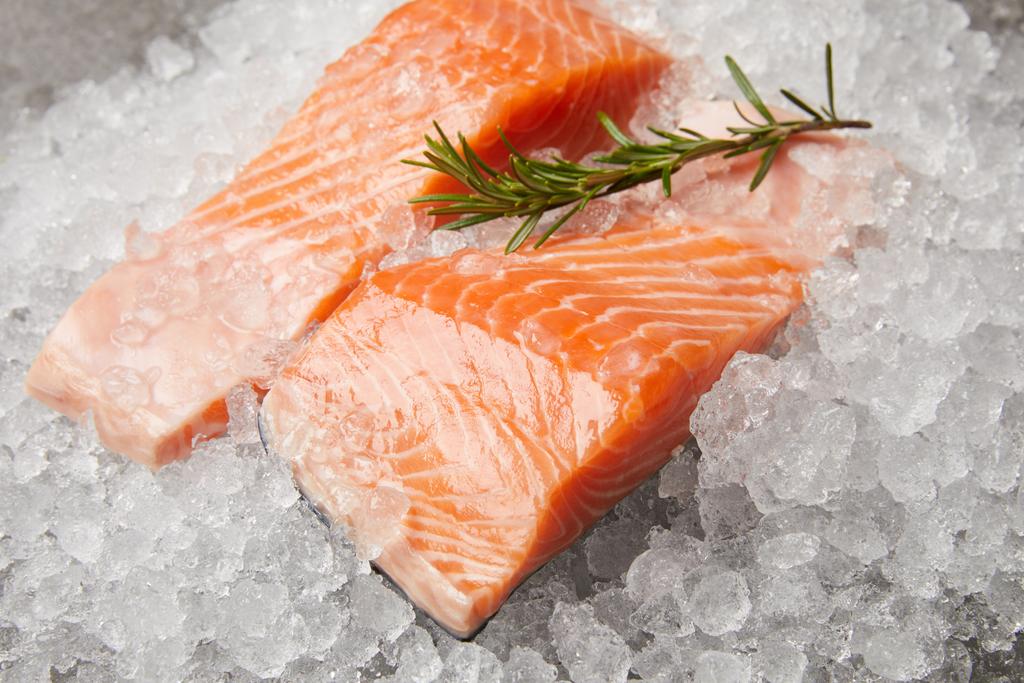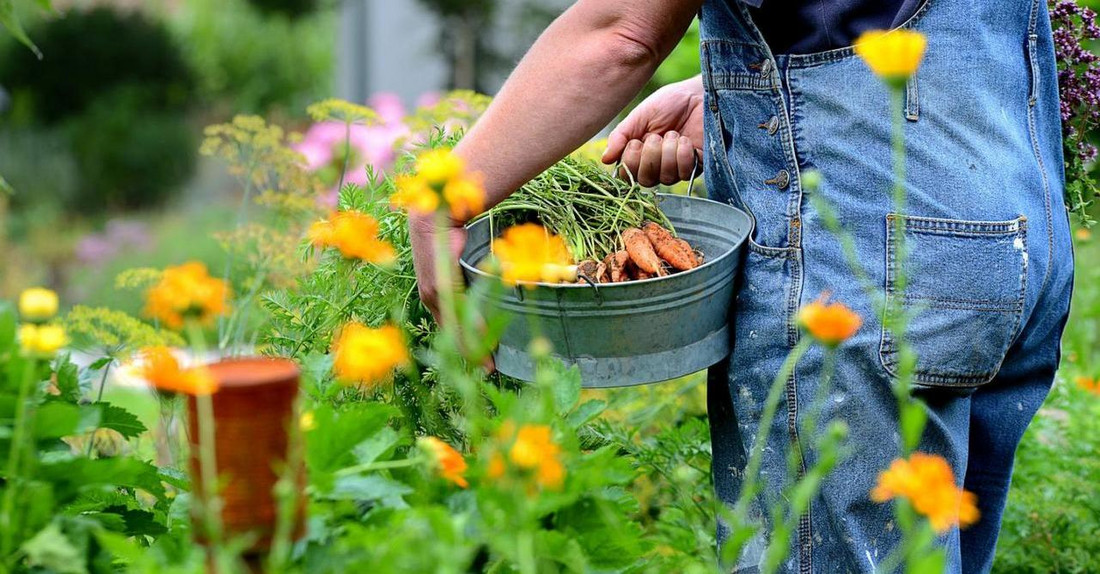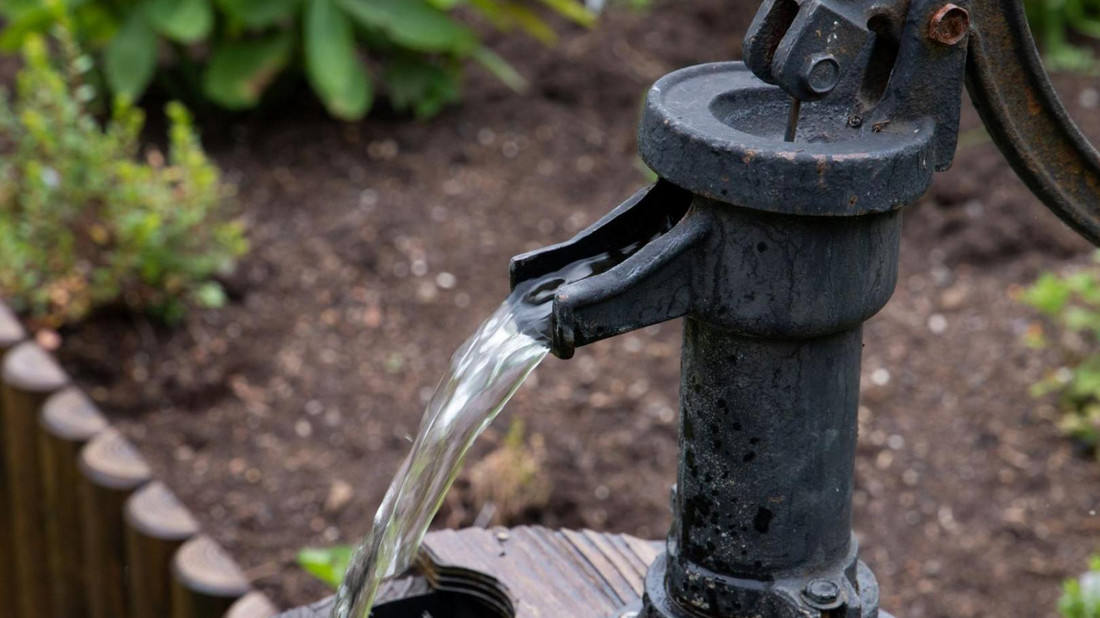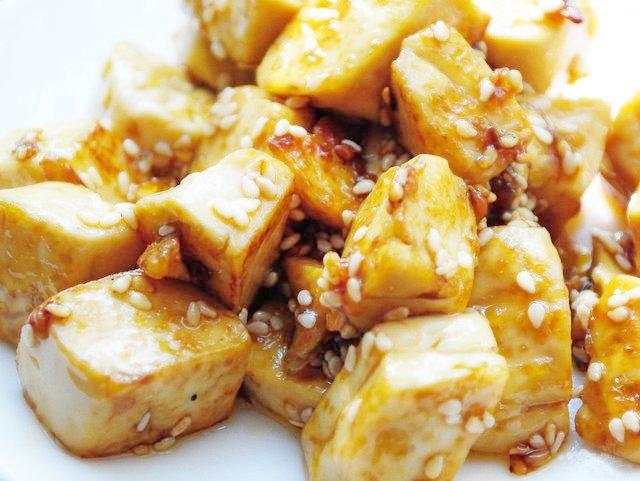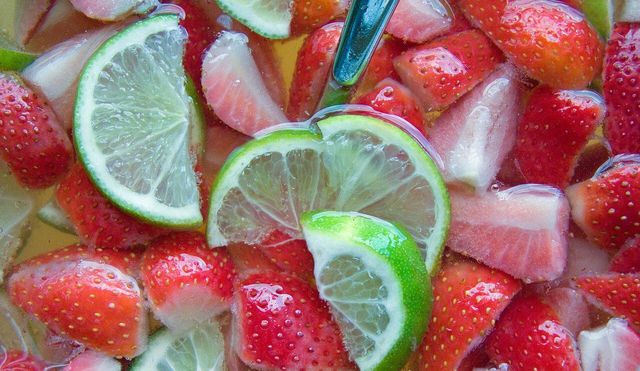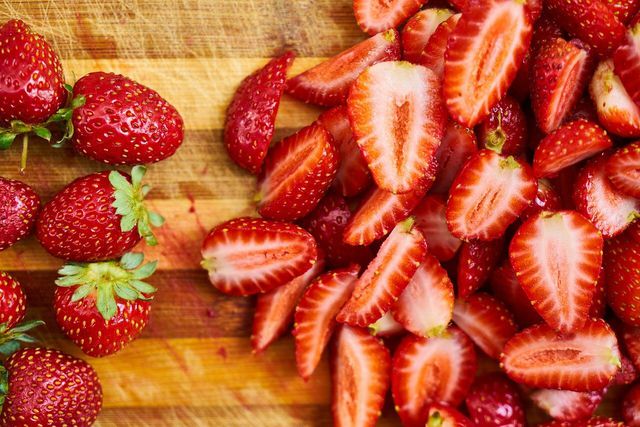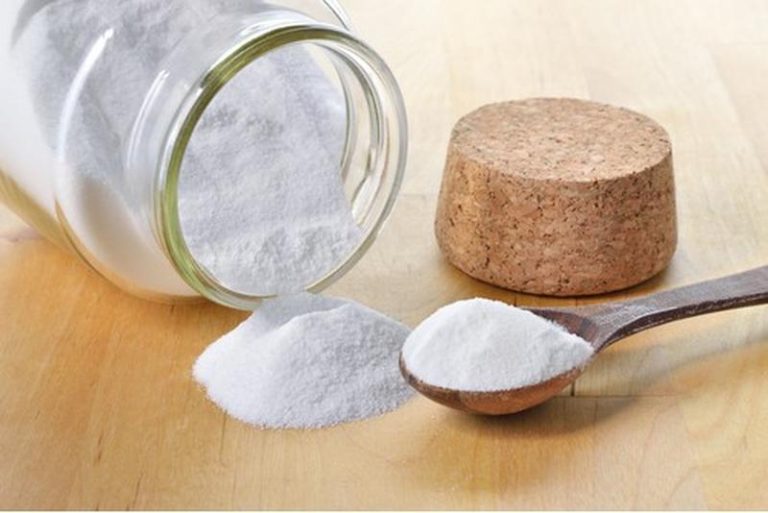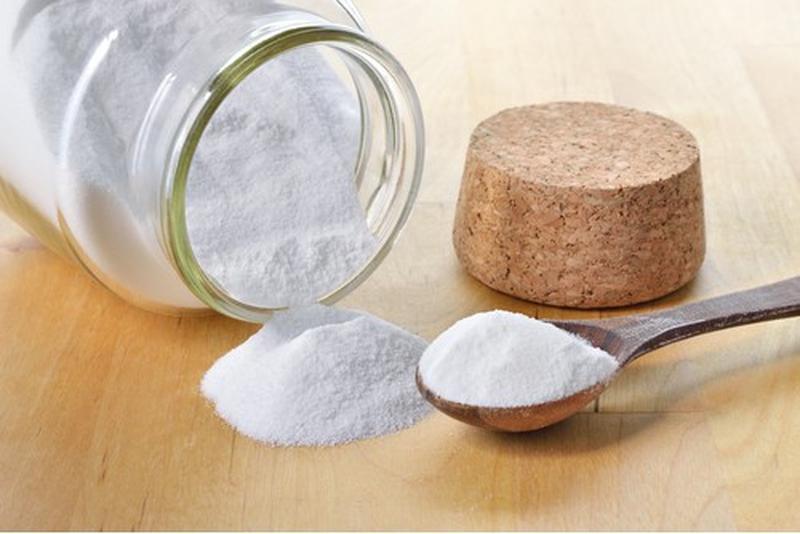A balanced diet is crucial for a healthy lifestyle. If you eat healthily, you can usually get by without any dietary supplements or strict diets.
A balanced diet is often mentioned when it comes to a sustainable and healthy lifestyle. But what does that actually mean? With its 10-point plan, the German Society for Nutrition e.V. (DEG) provides a practical guide to a balanced diet. You can follow these ten rules to ensure you eat a balanced diet.
With mindfulness to a balanced diet

Before considering what you eat, consider how you eat.
When you take your time with your meals and eat slowly and mindfully, you can enjoy food more.
You also prevent yourself from overeating. Because: The feeling of satiety only sets in ten to 15 minutes after the start of the meal.
Make sure you chew enough. It’s best to chew each bite 30 to 40 times.
In order for this to succeed, you should avoid disturbing external influences during the meal: the television or mobile phone are now in radio silence.
Careful handling of food also includes not wasting food. We give you 10 simple tips that will make it easy for you to do this.
A balanced diet is varied
A healthy diet uses the entire range of foods, because no single food contains all the necessary nutrients. It should be colorful and varied.
Vegetables, fruit, grains, legumes, oils, seeds and kernels – make sure you have a balanced mix of all food groups.
And you should also vary as much as possible within the groups – for example by eating the wide range of different types of vegetables.
By orienting yourself on the seasonal calendar, this variety is almost guaranteed, because the regional offer changes constantly over the months. The seasonal, regional diet is not only good for you and your health, but also particularly sustainable.
Five a day: plenty of fruit and vegetables
The “five a day” rule is another guide. It says: You should eat three servings of vegetables (400 grams) and two servings of fruit (250 grams) per day. In terms of quantity, fresh fruit and vegetables should make up the largest part of a balanced diet.
Fruit and vegetables provide you with plenty of nutrients and minerals, fiber, vitamins and secondary plant substances. They also bring variety in taste and appearance to the plate.
You should try to include some fruit or vegetables in every meal – for example by slicing fresh apples or bananas into muesli, eating a salad for dinner or enjoying pasta with fresh tomatoes and carrots.
Nuts, oilseeds and dried fruit are also part of the fruit portion. Due to the higher calorie content, the portion size here is around 25 grams. By the way: A smoothie or freshly squeezed juice can occasionally replace a portion of fruit – but not too often, because these usually contain a lot of hidden sugar in the form of fructose.
Minimize sugar and salt
Sugar is a calorie bomb and increases the risk of tooth decay. Increased sugar consumption is also said to be indirectly related to an increased risk of diabetes.
The problem is rarely the deliberately added sugars in tea or food, but the hidden sugars in processed foods and beverages.
Sugar traps include, for example, fruit yoghurt, fruit nectar or muesli. And even in ketchup, dressings and ready meals like pizza, surprising amounts of sugar are often added.
It is therefore worth checking the list of ingredients and the nutrient table. Better yet, avoid processed foods altogether and you’ll have full control over how much sugar goes into your food.
Excessive salt intake is also dangerous for the body: too much salt can increase blood pressure and thus the risk of cardiovascular diseases.
Guide value: It should not be more than six grams of salt per day.
Again, we often ingest far more salt through processed foods than we realize.
Fast food, meat products and cheese in particular are often particularly salty. But there is also a lot of salt in bread and most ready-made products.
Even in your own kitchen, there is often more salt in the food than necessary. Tip: Flavor your food with herbs and other spices before adding salt.
Reduce the salt content in your food step by step. At first, foods with less salt may taste a bit boring. But over time, your taste buds will adjust and become more sensitive again. Then you will even benefit in the end with a richer taste experience.
Healthy fats from vegetable oils
For a while, fats were generally considered unhealthy. We now know that fat is not just fat and has very different nutritional significance depending on its type and origin.
In order to obtain the essential unsaturated fatty acids and vitamin E, we should fall back on valuable, healthy sources of fat. In addition to vegetable oils, this also includes nuts and oilseeds.
Rapeseed oil is highlighted by the DGE as a particularly recommended oil. It has the lowest proportion of saturated fatty acids, but is particularly rich in omega-3 fatty acids and vitamin E.
In addition, walnut, flaxseed, soybean and olive oil also have a good fatty acid profile. Virgin olive oil in particular also contains many secondary plant substances.
On the other hand, saturated fatty acids should only be consumed in small amounts, as they are said to have a negative effect on blood values in particular. Coconut oil, palm oil and animal lard are particularly rich in these saturated fatty acids. You should also avoid palm oil for the sake of the environment.
The trans fatty acids in hydrogenated fats are particularly problematic. These are considered to be one of the causes of cardiovascular diseases and have a negative effect on cholesterol levels. As a result, the risk of a stroke or heart attack increases.
These trans fatty acids are mainly found in industrially processed foods, especially in fried foods such as french fries, donuts or chips. Popcorn, margarine, sausage, croissants, biscuits, dairy products and many convenience products often contain these harmful fats.
Whole grain products are part of a balanced diet

Whenever you reach for grain products, whole grain is the better choice for a balanced diet: Whether pasta, bread, rice or flour – whole grain foods contain more fiber, which increases the risk of type 2 diabetes mellitus, colon cancer, cardiovascular diseases and Reduce dyslipidemia. In addition, high-fiber foods make you feel full for longer and thus prevent binge eating.
Wholegrain products also contain more nutrients than alternatives made from refined flour. They provide valuable long-chain carbohydrates as well as vitamins and minerals and are therefore an important part of a wholesome diet.
Animal products: meat, fish, milk and co.
The DGE recommends milk and milk products to ensure the supply of protein, vitamin B2 and calcium. Fish is also recommended once or twice a week. Oily fish in particular are good suppliers of omega-3 fatty acids, while meat provides iron, selenium and zinc.
On the other hand, the DGE warns of the unhealthy ingredients in meat and sausage: More than 300 grams to 600 grams per week should not be exceeded. Red meat (beef, pork, sheep, goat), which increases the risk of colon cancer, is particularly dangerous.
In general, the DGE therefore advises eating fewer animal products. This is not only better for your health, but also for the environment and climate. After all, milk and meat have the greatest impact on the planet.
In addition, the animals in industrial animal husbandry suffer enormously. You should therefore only buy animal products in organic quality, preferably with a stricter organic seal from Naturland, demeter or Bioland. Here not only an environmentally friendly, but also a species-appropriate animal husbandry is ensured.
It is also possible to cover the nutritional requirements with a vegetarian or vegan diet. There are enough vegetable protein sources such as nuts, seeds and legumes. For vitamins and minerals such as calcium and iron, plant-based products are often the better option anyway. Only the much-discussed vitamin B12 is often neglected in a vegan diet. It is therefore recommended to substitute this accordingly.
Drink enough water
Sufficient fluid intake is essential for all bodily functions. According to the DGE, it should be at least 1.5 liters per day, and up to 2.5 liters on a hot day or with a lot of physical activity.
It is not just how much that is important, but what: Ideal thirst quenchers are water and unsweetened herbal and fruit teas. Tap water is usually the best choice: It is the cheapest and also does not require any packaging or transport routes – and is of the best quality in most areas of Germany.
Lemonades, cola, fruit juice drinks, nectars, iced tea or mixed milk drinks such as iced coffee are not recommended. They usually contain a lot of sugar. Because of the numerous health risks and the risk of addiction, alcohol should only be consumed rarely and in small quantities.
Cook food and meals gently
The ultimate nutrient content of food is highly dependent on how it is prepared: the longer food is exposed to heat and water, the more nutrients are lost. Therefore, the following applies: Cook food as long as necessary, but as short as possible.
Steam cooking and blanching are particularly gentle methods of preparation. But raw food is often a good option too: there are some vegetables that are healthier raw than cooked.
In any case, you should avoid overheating and burning food. Carcinogenic substances develop in the process, which is why you should definitely not eat burned areas.
Balanced lifestyle with enough sport
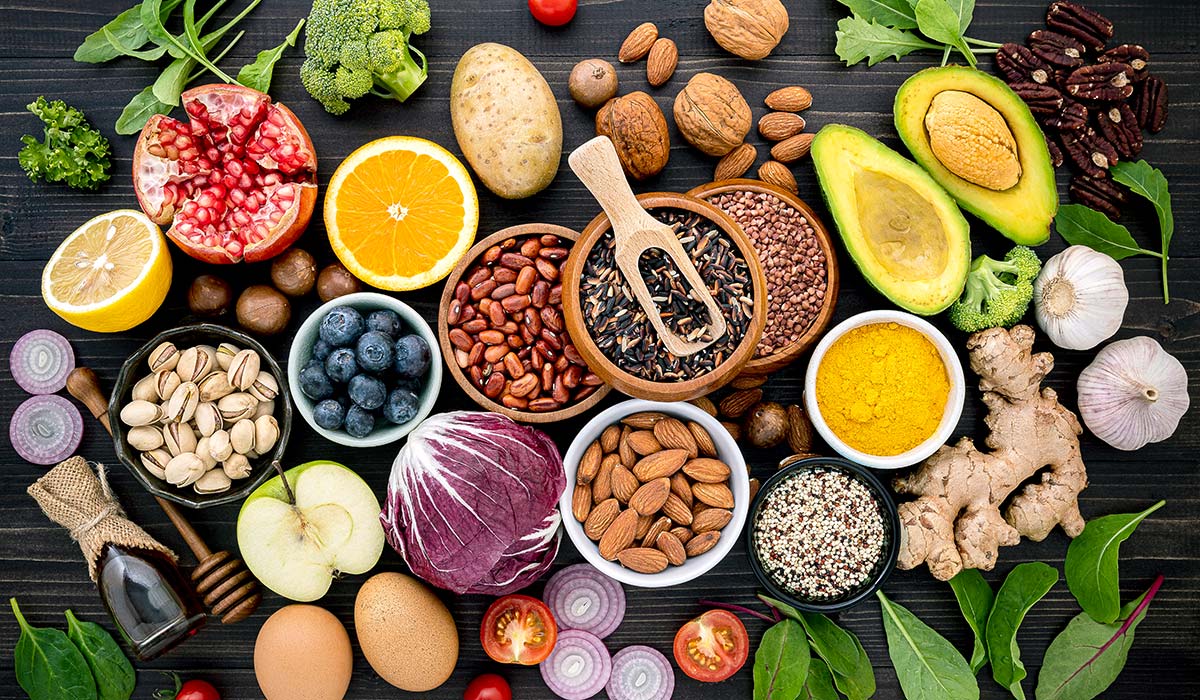
In addition to a wholesome, healthy diet, sufficient exercise is also part of a balanced lifestyle.
Regular exercise reduces the risk of cardiovascular disease, diabetes, high blood pressure, stroke, colon and breast cancer, and depression. Circulation and metabolism are stimulated and well-being increased. Physical activity also helps to regulate weight in a healthy way.
Neither overweight nor underweight are healthy. That’s why it can be worth keeping an eye on your body weight. However, if you take all of the tips mentioned and eat a balanced diet, do enough sport and lead a healthy lifestyle, you will automatically level off at your ideal body weight.
You can also easily incorporate physical activity into everyday life – for example by taking the stairs instead of the lift or by cycling to work or school. This is also better for the environment in the long term.





